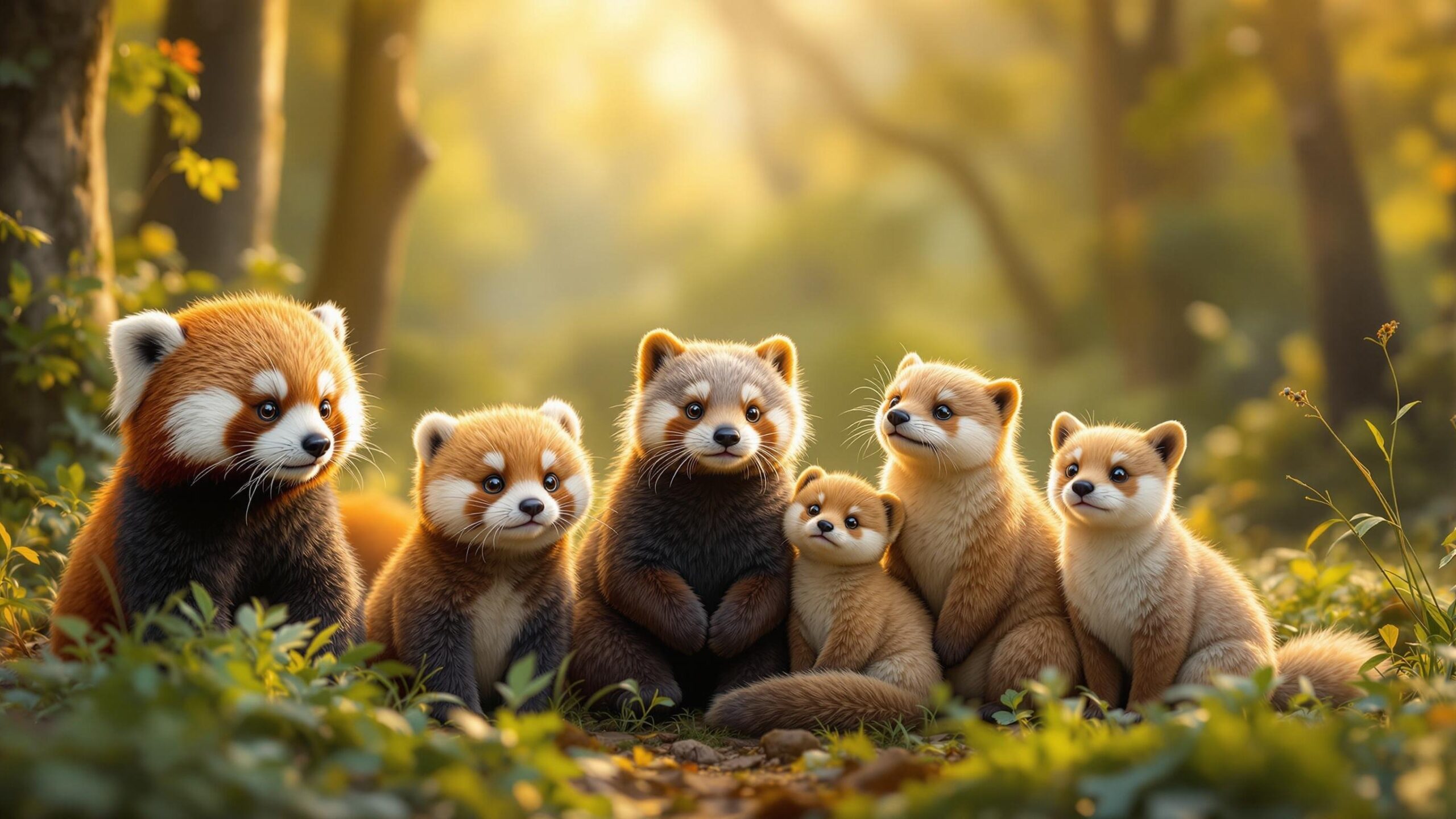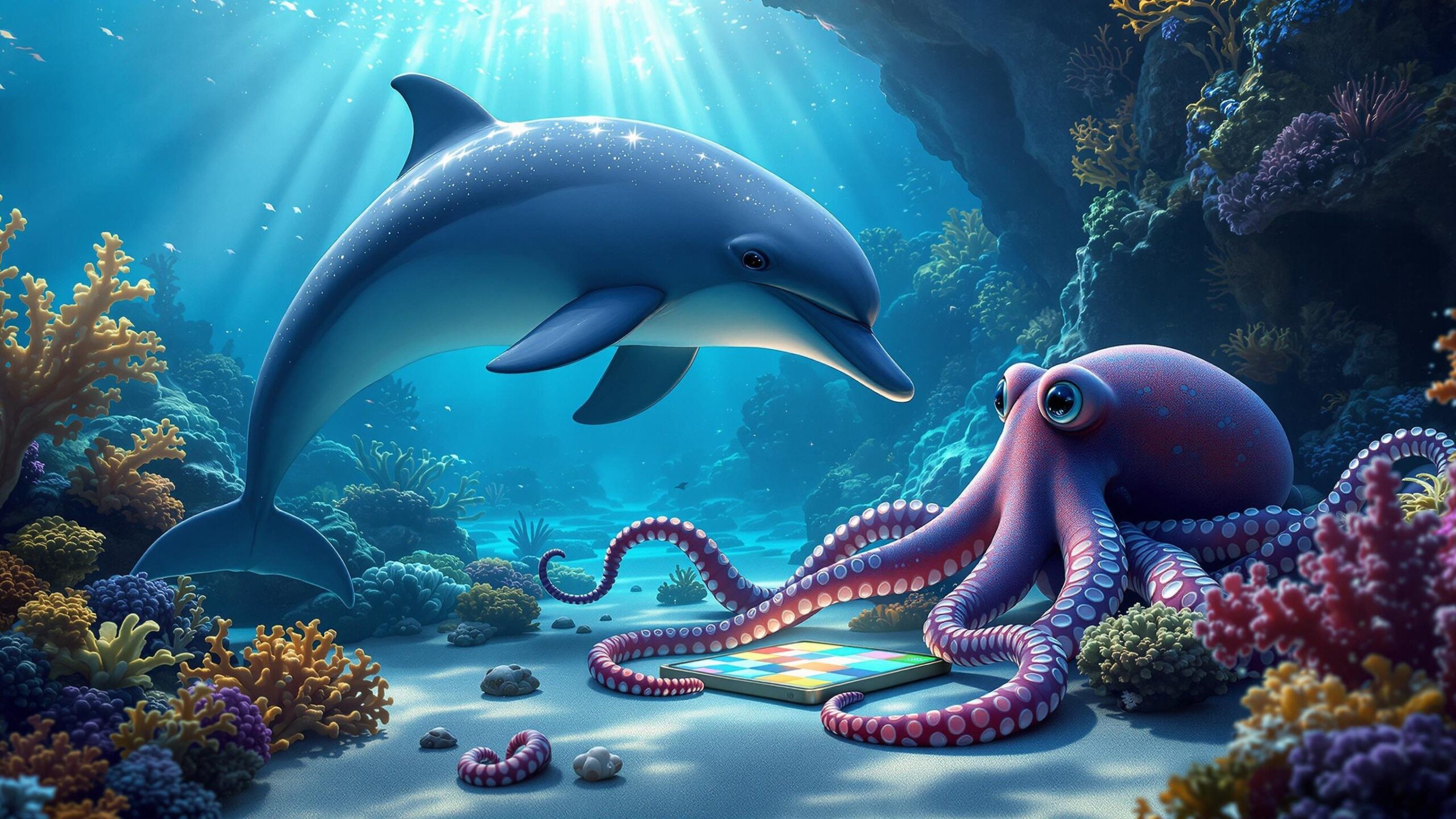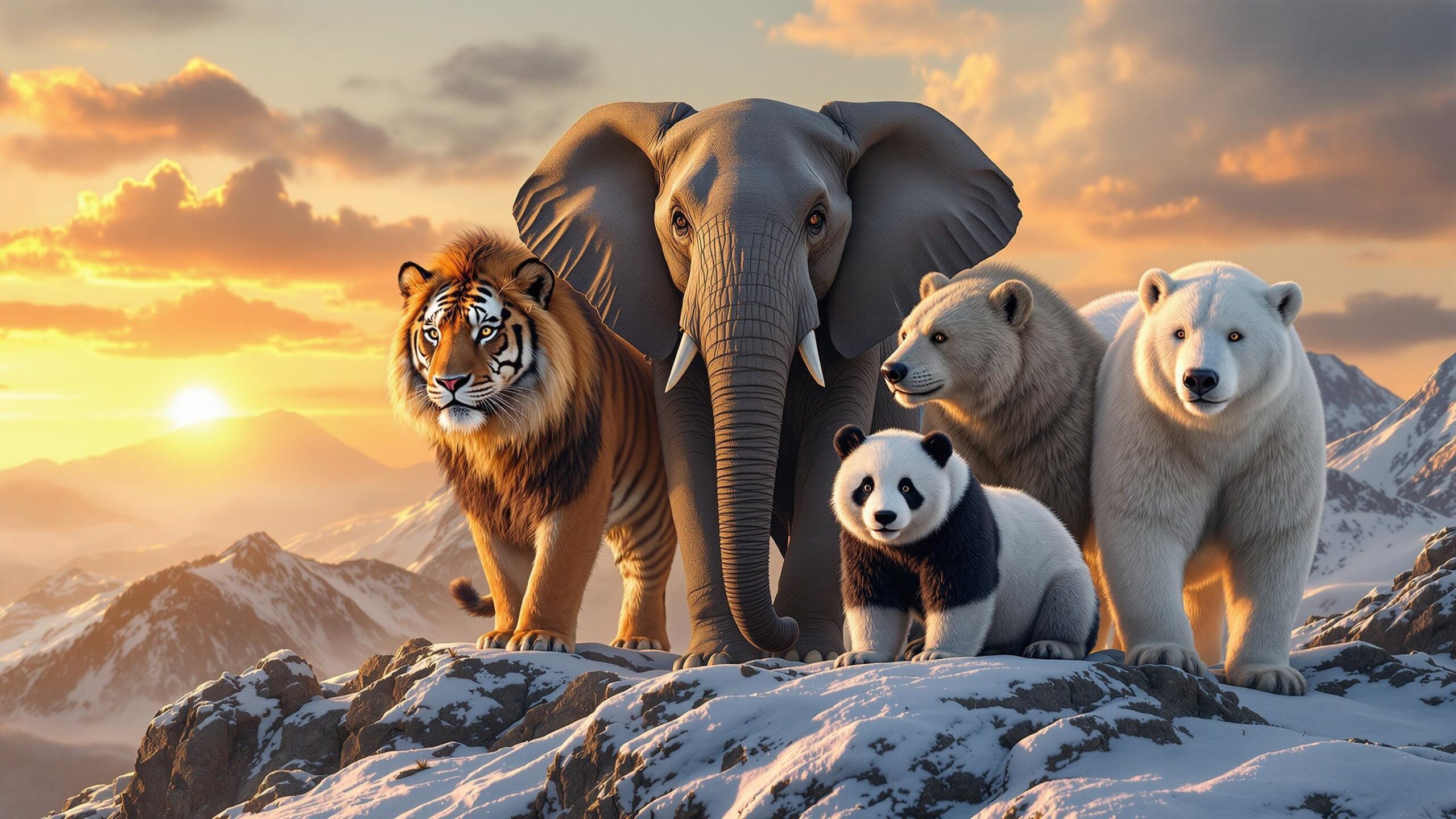Top 10 Deadliest Animals to Humans (Wild Edition)
When most people think of deadly animals, they imagine massive jaws, venomous fangs, or thunderous charges. But the truth is, the deadliest animals to humans aren’t always the ones that look the most threatening. Some are tiny. Some seem harmless. And some have earned their reputation through sheer numbers rather than brute strength. This list isn’t about predators hunting people for food—it’s about wild creatures that, through venom, disease, aggression, or interaction, have caused the most human deaths, injuries, or fear. We’re skipping the domesticated culprits and diving into the truly wild world. Here are the Top 10 Deadliest Animals to Humans, based on impact, danger, and often underestimated lethality.
#1: Mosquito
The tiny mosquito is the single deadliest animal to humans on Earth—no fangs, no claws, no venomous sting, just disease. Responsible for over a million deaths per year, these buzzing menaces transmit malaria, dengue fever, Zika virus, yellow fever, and more. The most dangerous species is the Anopheles mosquito, which spreads malaria, particularly in tropical and subtropical regions. What makes mosquitoes so dangerous is their sheer scale and stealth—they often bite without being noticed, and in many areas, infection is widespread before symptoms even appear. Incredibly, female mosquitoes are the only ones that bite humans, needing the protein in blood to develop their eggs. There are stories from soldiers in jungle warfare who feared mosquitoes more than bullets, knowing a single bite could take them down with fever and delirium. It’s a deadly paradox: something that weighs less than a paperclip can topple civilizations, halt military campaigns, and alter human history. The mosquito doesn’t kill with force—it kills with biology, invisibility, and repetition.
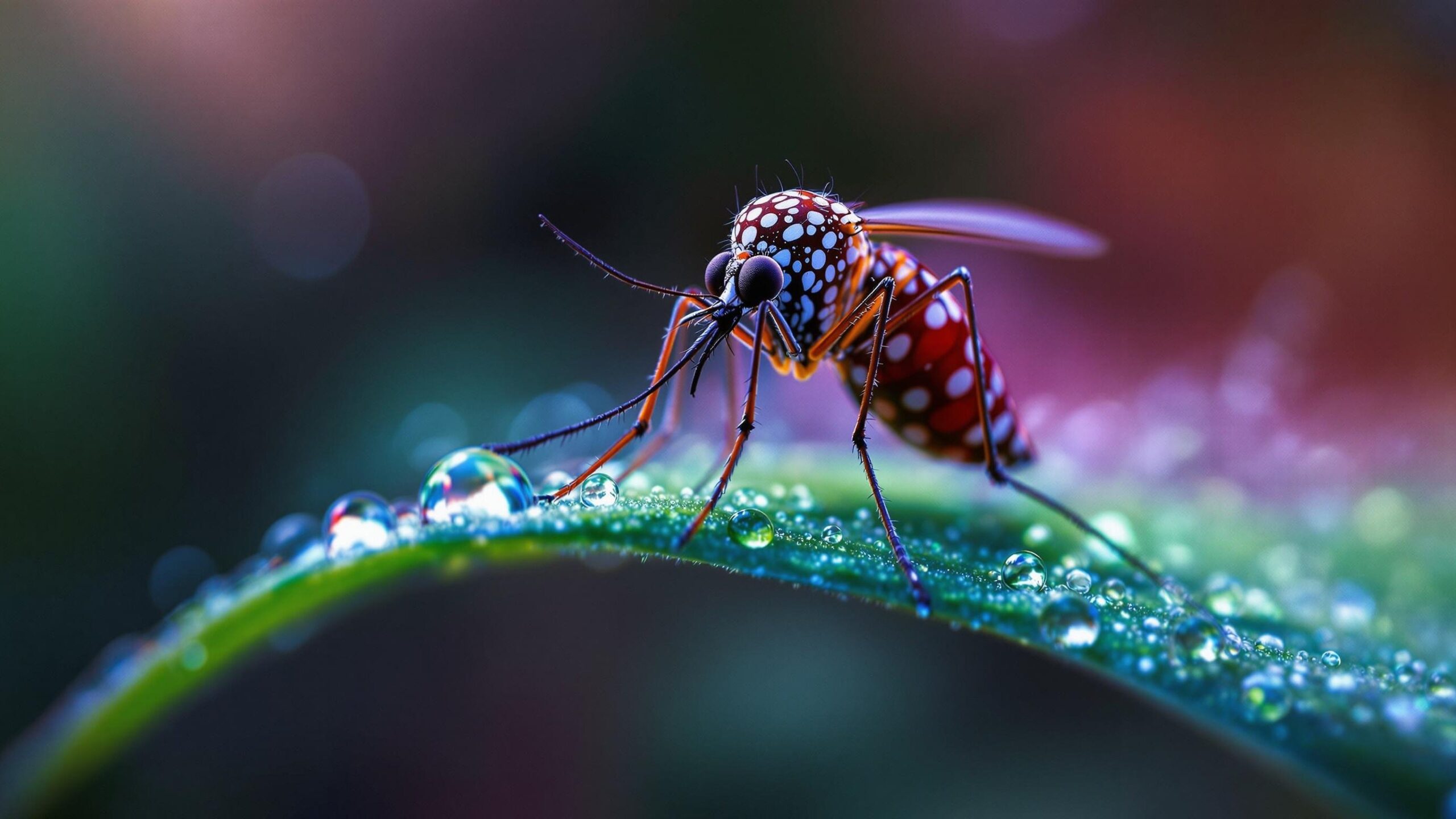
#2: Box Jellyfish
The box jellyfish looks like a floating ghost, translucent and elegant, yet it hides some of the most potent venom in the animal kingdom. Found in the waters of the Indo-Pacific, especially around northern Australia, these jellyfish have tentacles that can grow up to 10 feet long, each lined with thousands of nematocysts—microscopic harpoons that inject venom on contact. A single sting can lead to cardiac arrest in under five minutes. Victims often report a burning, whip-like pain followed by paralysis, unconsciousness, and in some tragic cases, death before reaching the shore. One chilling account tells of a child in Queensland who was stung and died within minutes, leaving lifeguards and medics helpless. But what makes the box jellyfish especially terrifying is its near invisibility in water—swimmers rarely see it coming. There’s a reason why Australian beaches post jellyfish warnings and even close down entirely during peak season. The box jellyfish isn’t aggressive; it just drifts silently, lethally, waiting to be touched.
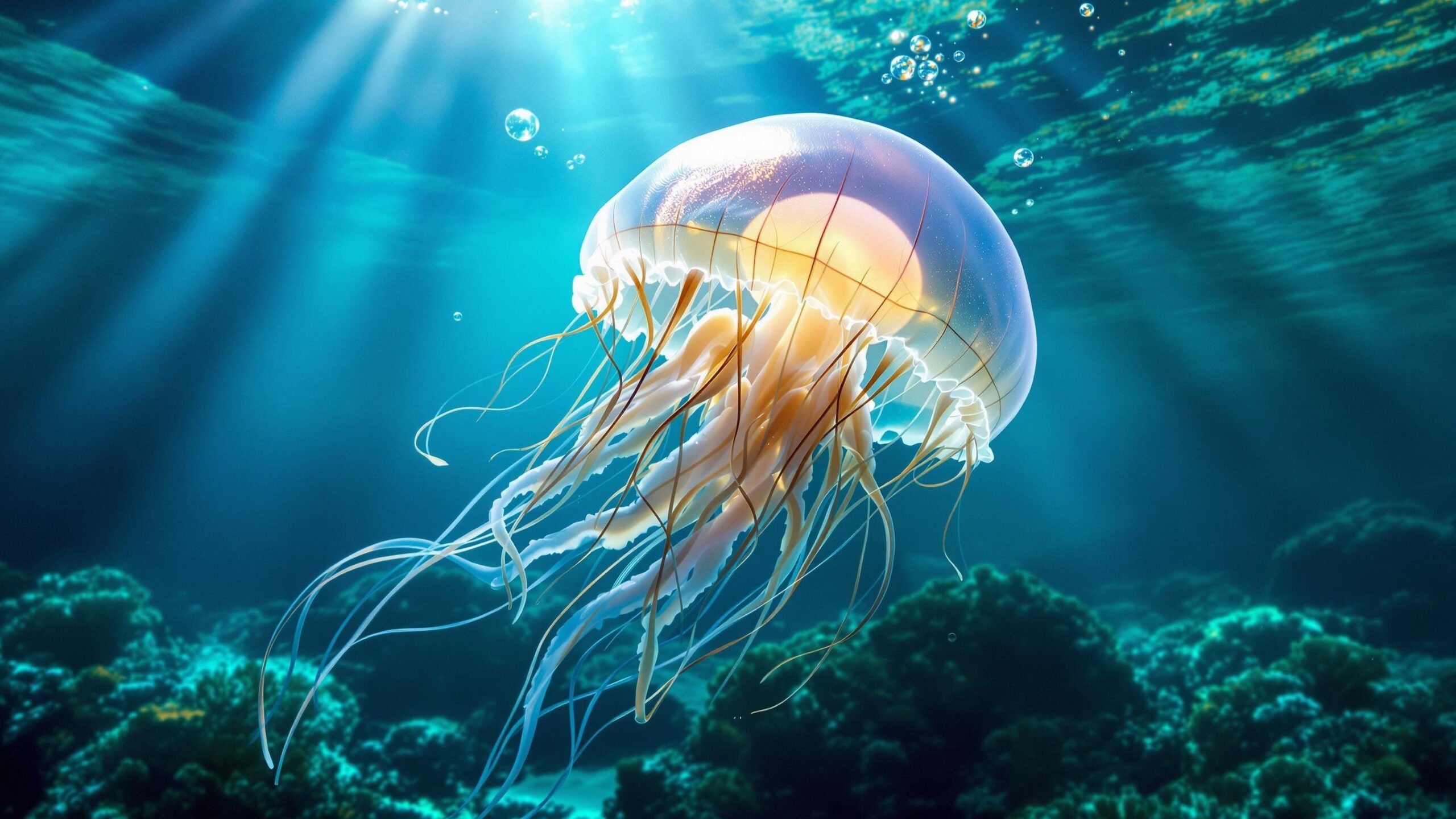
#3: Saltwater Crocodile
The saltwater crocodile, or “saltie,” is the largest living reptile and arguably the most dangerous animal in the water. Native to Southeast Asia and northern Australia, these crocodiles can grow over 20 feet long and weigh more than a ton. What sets them apart is their combination of stealth, speed, and power. Salties are ambush predators, often lurking just below the surface of murky rivers, waiting patiently for the right moment to explode out of the water in a fury of muscle and teeth. Their bite force is the strongest of any animal on Earth—capable of snapping bones instantly. Stories of crocodile attacks often describe eerie calm followed by sudden chaos: a ripple, a splash, and then silence. One infamous case in Indonesia involved a saltie dragging a fisherman straight from his boat in broad daylight. These predators don’t discriminate. They attack boats, livestock, and occasionally, unlucky humans. Saltwater crocodiles are not only dangerous—they’re calculating, patient, and horrifyingly efficient.
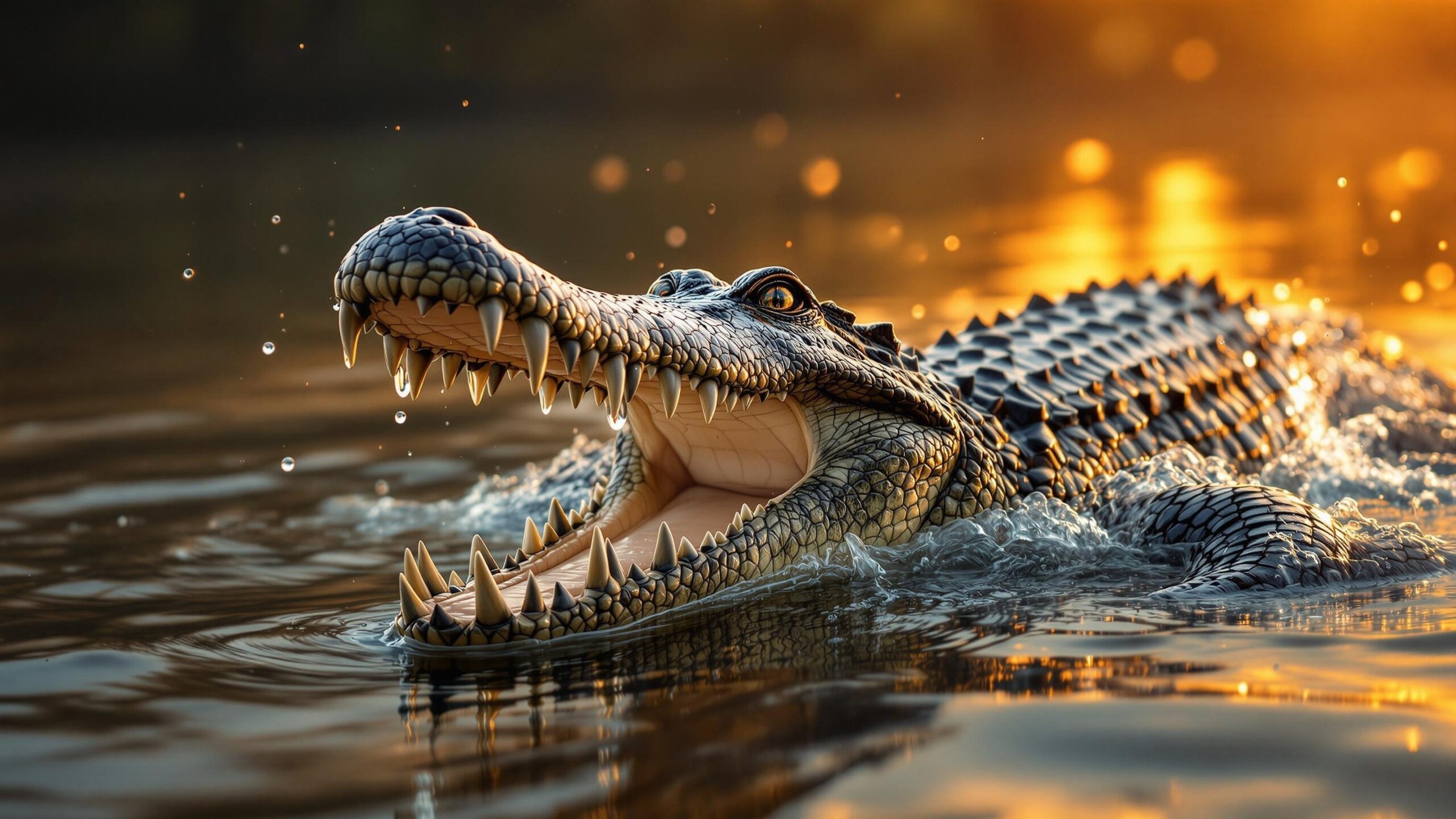
#4: Hippopotamus
With its rotund body and comical expression, the hippopotamus might look like a water-loving giant that wants nothing more than to nap in the sun. But don’t be fooled. The hippo is responsible for more human deaths in Africa than lions, elephants, or any other large mammal. Territorial and surprisingly fast—capable of running up to 20 miles per hour on land—hippos are known to attack boats, vehicles, and anything they perceive as a threat. They can crush a human with a single bite, thanks to their massive tusk-like incisors and powerful jaws. One well-known story from the Okavango Delta tells of a tourist boat being capsized by a hippo, with multiple fatalities resulting from a single charge. Hippos are especially aggressive during mating season and when protecting their calves. Despite being herbivores, they behave like apex predators when provoked. In the animal kingdom, looks can be deceiving—and the hippo is proof that the deadliest package sometimes comes in the most unexpected form.
#5: African Buffalo
The African buffalo, also known as the “black death,” has earned its nickname with good reason. This stocky, horned powerhouse has no problem charging head-on if it feels threatened—and it doesn’t bluff. Found across sub-Saharan Africa, buffalo are responsible for hundreds of deaths every year, particularly among hunters and wildlife professionals. Their reputation isn’t just due to brute strength (though they can weigh over 1,500 pounds) but also their unpredictable nature. A famous anecdote from a safari guide recounts a buffalo that was shot, appeared to be dead, only to rise minutes later and ambush the hunter from behind. That level of intelligence and aggression makes them one of Africa’s most feared animals. Unlike other herd animals that scatter when danger arises, buffalo often circle back and charge in formation. Their horns form a fused shield across their heads called a “boss,” giving them a built-in battering ram. The African buffalo doesn’t seek out conflict, but when it comes, it finishes it.
#6: Cone Snail
The cone snail may look like a decorative seashell you’d scoop from a tidepool, but it’s actually a stealthy assassin of the sea. Found mostly in warm, shallow tropical waters, this marine mollusk conceals one of the most dangerous venom delivery systems in the animal kingdom. When prey—or an unsuspecting human—comes too close, the cone snail shoots out a harpoon-like tooth filled with conotoxins. These neurotoxins can cause paralysis, respiratory failure, and even death within hours. One of the most disturbing facts is that there’s no antivenom. Victims report a tingling or numbing sensation at first, followed by progressive muscular shutdown. In one chilling case, a diver picked up a small cone snail to admire its shell—seconds later, he dropped it and collapsed. Although fatalities are rare due to limited contact, the cone snail earns its place on this list because of how deceptively harmless it looks. It doesn’t chase or strike. It just waits, deadly and beautiful, with a hidden stinger capable of dropping a human with surgical precision.
#7: Cape Cobra
Sleek, fast, and unpredictable, the Cape cobra is one of Africa’s most feared snakes. Found in the dry regions of southern Africa, this venomous snake is as bold as it is beautiful, with coloration ranging from golden yellow to deep brown. What makes the Cape cobra especially lethal is its venom—a potent mix of neurotoxins that can shut down the respiratory system in a matter of hours. Unlike some shy snakes that slither away when disturbed, the Cape cobra is known to stand its ground, raise its hood, and strike with lightning speed if threatened. One unsettling aspect of the Cape cobra is how it often finds its way into homes and villages, increasing the likelihood of human encounters. Farmers and rural residents have learned to tread carefully, as a single bite can be fatal without immediate antivenom treatment. In one instance, a man reportedly reached for what he thought was a rope in his shed—only to find himself face-to-face with a coiled Cape cobra. Its boldness, range, and deadly venom easily rank it among the world’s most dangerous reptiles.
#8: Golden Poison Dart Frog
Bright yellow, tiny, and terrifying—that’s the golden poison dart frog in a nutshell. Found only in the rainforests of Colombia, this frog is no larger than a paperclip, but carries enough batrachotoxin in its skin to kill up to 10 adult humans. Indigenous tribes once used its venom to coat blow darts for hunting, hence the name. What’s truly shocking is that this frog doesn’t even need to bite or inject anything. Its skin alone is toxic to the touch. In its native environment, it gains toxicity through a specific diet of rainforest insects—captivity-raised dart frogs are non-lethal because they lack this dietary component. One story tells of a naturalist who gently picked up a wild golden dart frog with gloves and still experienced tingling in his arm from trace contact. Despite its small size, the frog’s vivid coloration acts as nature’s warning sign: “ Touch me and regret it.” It’s one of the clearest examples of how, in the natural world, danger doesn’t come from size—it comes from chemistry.
#9: Tsetse Fly
The tsetse fly may look like an ordinary housefly, but it’s a winged harbinger of disease that has changed the course of history in sub-Saharan Africa. This insect transmits trypanosomiasis, more commonly known as “sleeping sickness,” which affects the brain and nervous system. If untreated, the disease causes confusion, coma, and death. The fly feeds during the day, biting humans and livestock with a proboscis that slices through the skin like a scalpel. One of the more insidious aspects of the tsetse fly is its impact on agriculture and settlement—entire regions have remained underdeveloped because of the fear of disease. Farmers often abandon fertile land because their livestock can’t survive the fly’s bite. In some areas, it’s not lions or snakes that are feared most—it’s the buzzing, persistent tsetse. One account from a field scientist recalls wearing layers of clothing in extreme heat just to keep the flies from biting through. It’s not fast, not loud, and not dramatic—but the tsetse fly has killed tens of thousands and altered entire ecosystems.
#10: Pufferfish
At first glance, the pufferfish looks almost comical—its bloated form, big eyes, and clumsy swimming make it seem more like a cartoon than a killer. But beneath that round exterior is a chemical time bomb. Pufferfish contain tetrodotoxin, a neurotoxin that’s over 1,000 times more lethal than cyanide. There’s no known antidote, and even a tiny amount can cause death by respiratory failure. Despite this, pufferfish is considered a delicacy in Japan, known as fugu, and must be prepared by specially licensed chefs. Mistakes have happened, with fatal consequences. One infamous case involved a man who attempted to prepare fugu at home and died within hours of ingesting a small bite. What’s truly scary is how tetrodotoxin doesn’t affect the fish itself, yet is enough to paralyze predators—and humans—within minutes. It numbs the lips, shuts down motor control, and leaves victims fully conscious as their body stops functioning. The pufferfish may look like a joke, but it’s one of the most serious threats to anyone who underestimates its danger.
The deadliest animals to humans are not always the biggest, loudest, or most fearsome in appearance. Some float silently through ocean currents. Others buzz past with barely a whisper. But all of them share one thing in common: an incredible ability to kill, often in ways that are invisible, unexpected, or insidiously slow. Whether through venom, teeth, toxins, or disease, these animals remind us that in nature, true danger doesn’t always roar—it can sting, squirm, or crawl.
More Great Animal Top 10’s

Top 10 Cutest Animals That Melt Hearts
Get ready to say “aww” as we explore the top 10 cutest wild animals on Earth! From red pandas to quokkas, these irresistible creatures charm their way into our hearts with every blink, bounce, and squeak.

Top 10 Most Intelligent Animals on Earth
Think humans have a monopoly on brains? Think again. From tool-wielding chimps to puzzle-solving octopuses, these wild animals are rewriting what it means to be smart.

Top 10 Most Popular Animals in the World
From the mighty lion to the playful panda, these wild animals have captured hearts and imaginations across the globe. Dive into incredible stories, fascinating facts, and unexpected quirks that make these top 10 creatures the most beloved on Earth.


